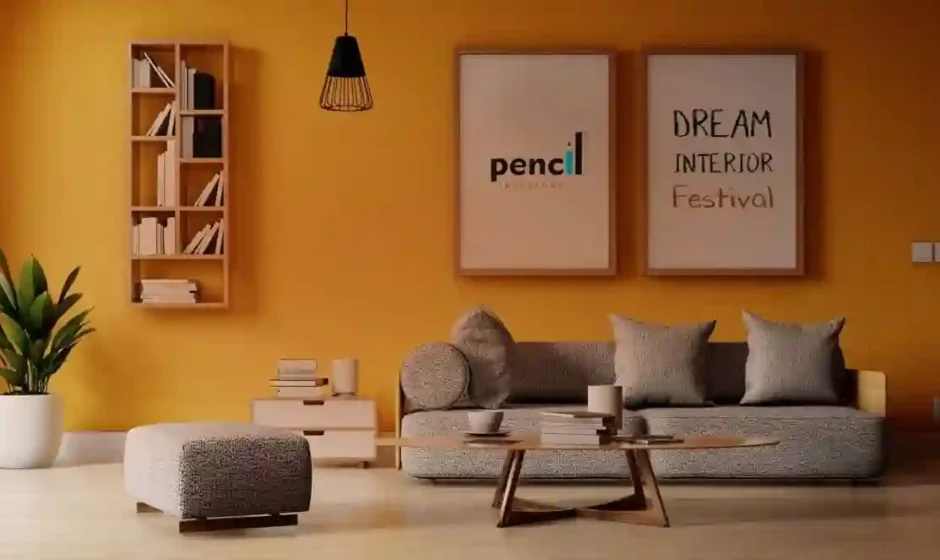Jaw-dropping spaces have a way of looking effortless, but beautiful interiors require more than intuition and talent. The best designers know a handful of basic principles and rules that make each space function and look its best.
Unity is one of these basic design elements, where repetition of color, style, or texture creates a seamless whole. Another is emphasis, which involves choosing a focal point around which other elements revolve.
1. The Rule of Three
The best interior designers know how to make seemingly random decisions feel cohesive and intentional. They understand how each element fits into the whole – from their choice of style to a specific furniture piece, for instance.
For example, if they want to use a statement piece that’s not traditionally part of the room’s design, like a tiger-print Scalamandre sofa, they’ll work it into the room by using other pieces in the same fabric or color. This creates a balanced and intentional look that’s still totally unique.
Learn how to communicate your ideas and make them impactful with Harappa’s course – Speaking Effectively.
2. The Golden Ratio
The Golden Ratio is a mathematical formula that creates a visually balanced composition. It can be found in many works of art, including Leonardo Da Vinci’s Vitruvian Man and the Mona Lisa.
The ratio of two quantities is the same as their sum divided by the larger quantity. It appears regularly in geometry, art, and architecture and is even reflected in certain shapes like the dodecahedron and icosahedron.
The golden ratio can be seen in nature as well, such as the Fibonacci sequence and spirals of leaves or flowers. It can also be found in geometric designs like Piet Mondrian’s paintings.
3. Proportion
Proportion is an important design rule that refers to the relationship between different sizes of objects in a composition. It helps create balance, harmony, and realism in a work of art.
The Golden Ratio is a mathematical proportion that has been used for centuries. It is considered to be the ideal proportion because it is symmetrical and aesthetically pleasing.
Proportion is also used in figure drawing and landscape painting. The size of the different parts of the body and the scale of the landscape should be proportional to each other to create a balanced and visually appealing drawing.
4. Emphasis
Having a focal point in a room is an important interior design principle. This can be a particular color, furniture piece or even a pattern. The rest of the space should be designed to highlight this element and draw the eye towards it.
This is often achieved through asymmetrical balance. For example, chairs on either side of a coffee table can create this balance without exact duplication.
Also, contrasting colors are an effective way to create emphasis. For instance, using a rich, intense hue can really make something stand out in a room.
5. Contrast
Contrast is the opposite of similarity and is one of the most important principles in any artistic work. It involves arranging elements that are polar opposites in order to create a striking effect. This could include dark and light; warm and cool colours; rough and smooth textures; different sizes, etc.
A painting or sculpture that lacks contrast is often flat and boring. Artists use contrast to draw the viewer in and make their work stand out. Tonal contrast is another form of contrast that describes the difference in tones between two areas.
6. Balance
Symmetrical balance is when a composition’s sides have equal visual weight. It can also be used to create depth by contrasting light and dark elements. For instance, the darkness of the tree branches in Vincent van Gogh’s painting “The Starry Night” is balanced by the lighter sail and reflective surfaces in the foreground.
Sticking to a single style or period for furniture and decor may sound like a fool-proof way to create a cohesive home, but it can feel lifeless and museum-like. Instead, mix traditional pieces with modern organic shapes for a look that feels fresh and inviting.
7. Texture
A room that lacks texture is visually flat and uninteresting. Texture can be incorporated in a variety of ways, from woven fabrics on sofas to decorative pillows with contrasting textures to stone veneer walls for a rustic feel.
Texture should be used sparingly – as with patterns and colour – to create a harmonious interior design scheme. Using one large focal point of texture, such as a textured rug or timber table, can have dramatic effect when paired with an otherwise unified and neutral palette.
It’s important not to overdo it though, an excess of contrasting textures can overstimulate the senses. Consider layering textures like smooth against rough, or soft with hard to achieve a balanced interior design.



